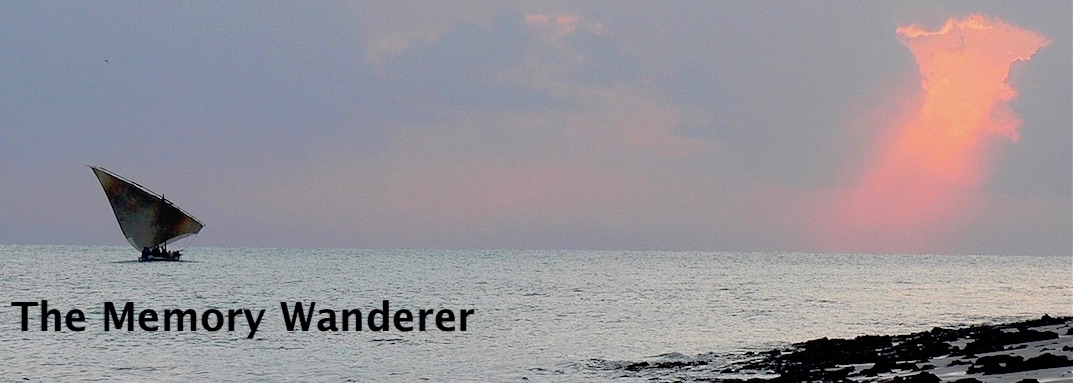
This is one of the last photographs of my father, taken in 1987, at Fambridge Road in Maldon, about a year before he died. He's over eighty but still well-turned out - my mother saw to that - though I can see his standards have slipped as he now has a beard - he used to tease me about mine, referring to it as my 'beaver' - something he only allowed as my mother found it difficult to shave him.
I see so much in him that is now me. He works his hands as I now do. His hair, like mine, is thin and receded. His cheeks have fallen in but his eyebrows are still dark and bushy. However, there's a vacancy in his look, as if he isn't really there but, perhaps, on a ship in Mombasa harbour, in the captain's day-room asking him if there's anything he can do for him, signing papers and then, if the time of day allows, accepting a beer, or two.
It's not how I want to remember him whereas....
....this is. The picture was taken on the SS Vaal, a fast, modern Union Castle passenger ship which plied between Southampton and Cape Town. It's 1969 and he and my mother are on their way to visit us in Rhodesia. He's impeccably turned-out, he has good food and a glass of wine in front of him, and he has that mischievous look on his face which is a sure sign that he's thoroughly enjoying both the company and the conversation.
Or perhaps his mind has drifted even further back, to....
....a warm day in Zanzibar with the trade winds blowing, some time in the late 1930s, when my mother took this rather blurred picture of him. Those must have been some of the happiest days of his life, living on an exotic island, playing football, with a job as a ships' agent which he loved, and deeply smitten by a dark-haired Scottish girl.
So.... perhaps I shouldn't so dislike that top picture. It is, after all, the picture of an old man who has lived a full life, is respected and loved, and has seen the world. As he said himself, one midday over a pint at The Blue Boar, "life owes me nothing."


















































